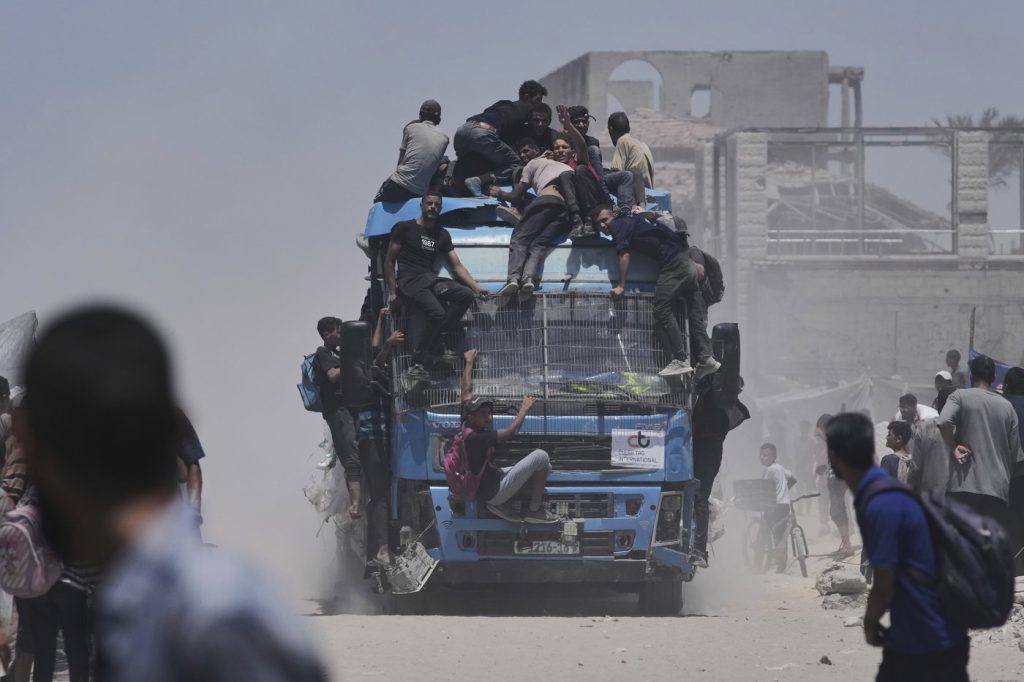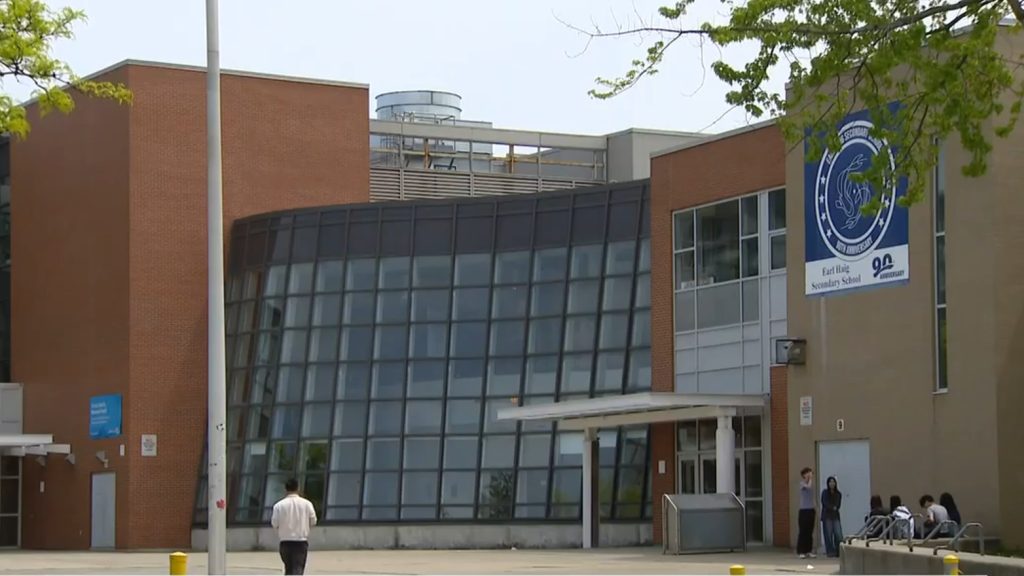For several months, United Nations officials, aid organizations, and experts have indicated that the situation for Palestinians in the Gaza Strip is critical, teetering on the brink of famine. Despite warnings, no formal declaration of famine has been made. In May, Israel eased a lengthy blockade on Gaza, which had lasted for 2.5 months. However, aid groups report that only limited assistance is entering the territory, with Palestinians experiencing extreme hunger over 21 months into the Israeli offensive that began following Hamas' attack on October 7.
According to multiple sources, hundreds of Palestinians have been killed by Israeli forces while trying to access aid sites and convoys. The Israeli military claims it has only fired warning shots during these instances. The lack of formal famine declaration raises several questions regarding the complexities of assessing this humanitarian crisis.
The humanitarian crisis in Gaza has deteriorated significantly. The population, comprising roughly 2 million Palestinians, heavily depends on external aid. The ongoing Israeli offensive has decimated what little local food production existed, while the blockade and continuous conflict have further restricted food access. The U.N. World Food Program has described the hunger crisis in Gaza as reaching "new and astonishing levels of desperation." As of recent reports, nearly 100,000 women and children are suffering from severe acute malnutrition, and approximately one-third of Gaza's population goes days without adequate food.
The Gaza Health Ministry reported that over 100 individuals had died showing signs of hunger and malnutrition, predominantly among children. Despite the efforts to maintain accurate casualty figures, the ministry, which operates under the Hamas-led government, faces skepticism concerning its numbers. Nevertheless, these figures are regarded as reliable estimates by the U.N. and other human rights experts.
The Integrated Food Security Phase Classification (IPC) is the leading authority on assessing food crises and has only issued formal famine classifications a few times in recent history. For a formal declaration of famine to occur, at least two of three conditions must be met: 20% of households must exhibit extreme food scarcity, 30% of children aged six months to five years must suffer from acute malnutrition, and at least two individuals or four children under five must die daily as a result of starvation or its related effects. Gathering data in Gaza presents a significant challenge for experts, as access is severely restricted.
Typically, famine declarations arise from a collective analysis by U.N. officials and governments, following assessments by the IPC. However, it is crucial to recognize that the declaration often occurs too late, with many already having succumbed to starvation-related causes. Expert Alex de Waal noted that most cases of severe malnutrition result from a combination of nutrient deficiency and infection, complicating the assessment of hunger as the sole cause of death.
The ongoing war in Gaza has critically impaired the region's health systems, displacing roughly 90% of the population and overwhelming hospitals. This state of chaos hampers the accurate assessment of malnutrition and mortality rates. Emergency doctor James Smith pointed out that deficiencies in data collection lead to underestimation of health indicators and casualty figures.
Even after a famine is declared, the international community's response can often fall short. Ideally, such declarations would mobilize rapid humanitarian assistance; however, logistical challenges, limited funding, and ongoing conflict often obstruct necessary aid. Aid groups have highlighted that while resources are stockpiled at Gaza's borders, only a minimal amount is permitted to enter due to Israeli restrictions. Reports indicate that around 4,500 aid trucks have been allowed into Gaza since mid-May, a fraction of the 600 trucks per day needed, which was previously achieved during a ceasefire.
U.N. agencies have indicated that Israeli limitations and the collapse of law and order in Gaza are significant barriers to effectively distributing the aid that does arrive. The World Food Program has emphasized the need for a large-scale increase in food aid distribution to stabilize the deteriorating situation and restore confidence within communities in Gaza. They have called for an agreed ceasefire as a necessary step to facilitate humanitarian efforts.












